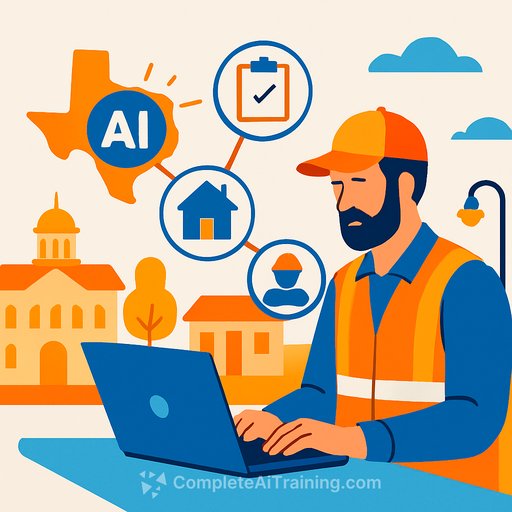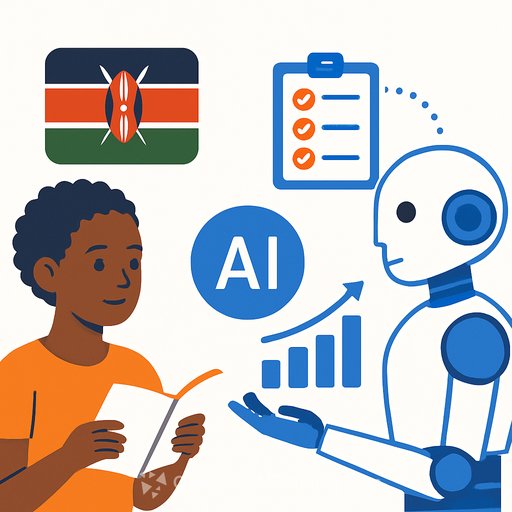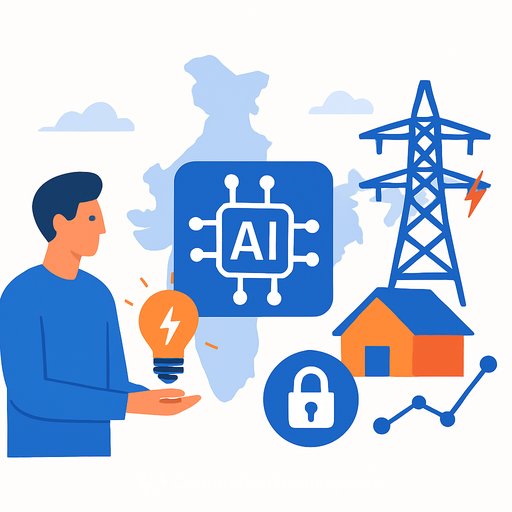Kyle, Texas, Uses AI to Expedite Citizen Service Delivery
The city of Kyle, Texas, has implemented artificial intelligence to streamline and automate routine citizen service requests. This approach allows city employees to dedicate more time to complex issues that require human intervention.
Assistant City Manager Jesse Elizondo explains, “We’ve applied Salesforce Agentforce across departments including streets, utilities, code enforcement, and administrative services.” Now, residents can submit service requests, ask questions, and receive real-time updates via the city’s app or website.
Since launching in March 2025, the average resolution time for requests has dropped from 4.37 days to 2.41 days. Over 12,000 requests have been processed, with nearly 90% resolved on the first contact. According to Elizondo, “The system has already paid for itself by reducing inefficiencies, cutting manual work, and helping staff focus on higher-value tasks.”
Improving Efficiency Amidst Rapid Growth
Kyle’s population has surged from under 10,000 to nearly 70,000 in just over a decade. This rapid growth highlighted gaps in the city’s service delivery, which previously involved over 75 phone numbers and siloed systems. Residents often experienced inconsistent service and were transferred between departments without clear visibility.
Like many local governments facing shrinking budgets and workforce challenges, Kyle is using AI to do more with existing resources. Elizondo notes, “Agentforce handles repetitive or low-touch requests, freeing staff to focus on complex, high-empathy issues.” The platform also helps capture best practices, improving knowledge retention and simplifying onboarding by embedding standardized workflows and a centralized knowledge base.
“Know what kind of outcomes you want to deliver, and then design your platform around that,” Elizondo advises.
Building a Modern Foundation for Citizen Services
Implementing the AI system required foundational upgrades. Kyle centralized data storage to include structured and unstructured data such as GIS files and internal documents. The city also ensured secure access through single sign-on and improved network infrastructure.
Data privacy and governance were priorities from the start. Role-based access controls, internal guidelines on data and AI use, transparency, and ongoing monitoring help maintain accuracy and security. Elizondo calls this effort “the digital backbone we’re building future services on.”
Plans are underway to extend the system to permitting, inspections, and asset management, aiming for residents to interact with city services as easily as they do with private-sector apps.
Clear Goals and Communication Drive Success
Kyle’s positive results stem from clean data, clear policies, and a focused vision. “Start with the resident experience and work backward,” Elizondo recommends. “Know your desired outcomes and design your platform accordingly.”
The rollout occurred in phases to prepare employees for change. Communication emphasized that AI supports staff rather than replaces them. Interdepartmental teams who believed in the project played a key role in successful adoption.
For government professionals exploring AI for service delivery, Kyle’s experience highlights the importance of setting clear goals, ensuring data readiness, prioritizing privacy, and maintaining transparent communication throughout the process.
Your membership also unlocks:






